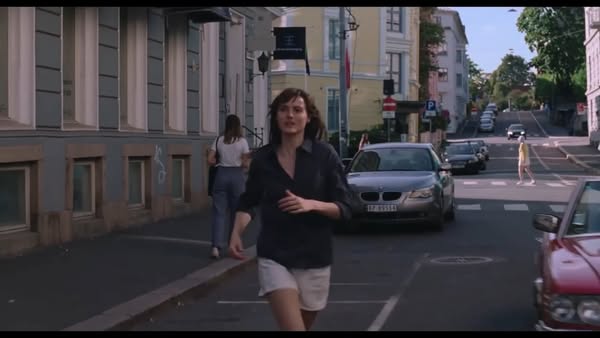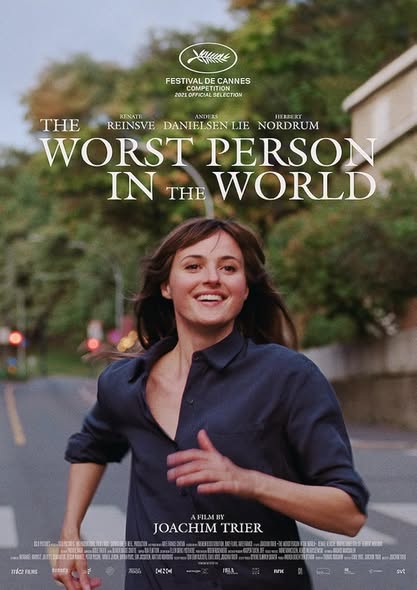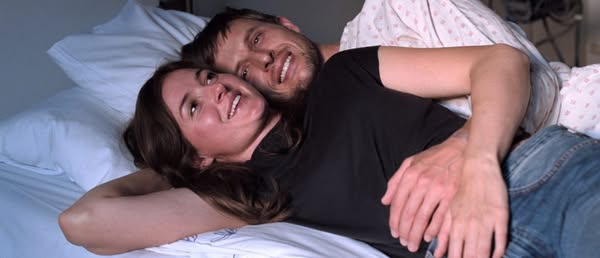The Worst Person in the World (2021)

The Worst Person in the World (2021) is a critically acclaimed Norwegian film that intricately explores the complexities of modern relationships, identity, and the existential dilemmas of a young woman navigating her thirties. Directed by Joachim Trier, the film stands out for its unique narrative structure and profound character study, garnering attention for its authentic portrayal of the human experience.
The film follows Julie, played by Renate Reinsve, a young woman grappling with the pressures and uncertainties of adulthood. As she transitions through various phases of her life, Julie’s search for meaning and fulfillment leads her into a series of relationships and professional endeavors that reflect her internal struggles. The story unfolds in twelve chapters, each capturing different moments in Julie’s life, providing an intimate glimpse into her evolving identity and the choices she makes along the way.

One of the film’s most compelling aspects is its exploration of love and heartbreak. Julie’s relationships, particularly with her boyfriend Aksel, a successful graphic novelist, and her affair with the charming but less stable Eivind, serve as focal points for her character development. Each relationship presents its own challenges and revelations, forcing Julie to confront her desires and fears. The film candidly addresses the confusion and ambivalence often associated with love, making it relatable to anyone who has navigated the complexities of romantic entanglements.
The cinematography in The Worst Person in the World plays a significant role in shaping the film’s narrative. The vibrant visuals and dynamic camera work capture the essence of Oslo, reflecting the protagonist’s inner turmoil and emotional landscape. The use of color and light enhances the film’s mood, creating an engaging atmosphere that draws viewers into Julie’s world. Trier’s direction is marked by a keen understanding of pacing, allowing moments of introspection to flow seamlessly into more energetic scenes, maintaining a rhythm that keeps audiences engaged.

Humor is another essential element that permeates the film. Despite its exploration of serious themes, The Worst Person in the World skillfully employs wit and charm, providing moments of levity that balance the heavier aspects of the narrative. Julie’s humorous observations and candid interactions with those around her add depth to her character while also highlighting the absurdities of adult life. This blend of comedy and drama enriches the viewing experience, making the film both thought-provoking and entertaining.
The film also tackles the societal pressures faced by young adults in contemporary life, including the expectations surrounding career success and personal fulfillment. Julie’s journey reflects the broader struggles of a generation grappling with uncertainty in an ever-changing world. As she navigates her ambitions and desires, the film poses questions about what it truly means to be “successful” and whether societal norms should dictate individual choices.

Renate Reinsve’s performance is nothing short of remarkable, capturing the multifaceted nature of Julie’s character with authenticity and vulnerability. Her portrayal resonates with viewers, making Julie’s struggles and triumphs feel deeply personal. The supporting cast, including Anders Danielsen Lie as Aksel and Herbert Nordrum as Eivind, also deliver strong performances that enrich the narrative, providing contrasting perspectives on love and relationships.
In conclusion, The Worst Person in the World is a poignant and insightful film that masterfully combines elements of romance, comedy, and drama to explore the complexities of modern life. Through its captivating narrative and strong performances, it invites viewers to reflect on their own experiences with love, identity, and the passage of time. Trier’s direction, combined with Reinsve’s stellar performance, ensures that the film resonates long after the credits roll, making it a standout entry in contemporary cinema. This exploration of the human condition, marked by a blend of humor and realism, solidifies The Worst Person in the World as a must-see film that speaks to the heart of what it means to be human in today’s world.











